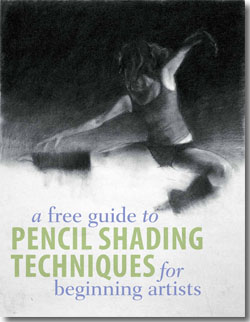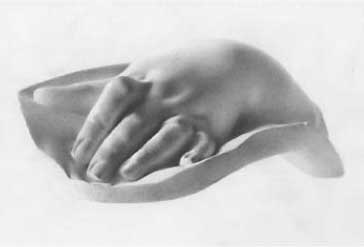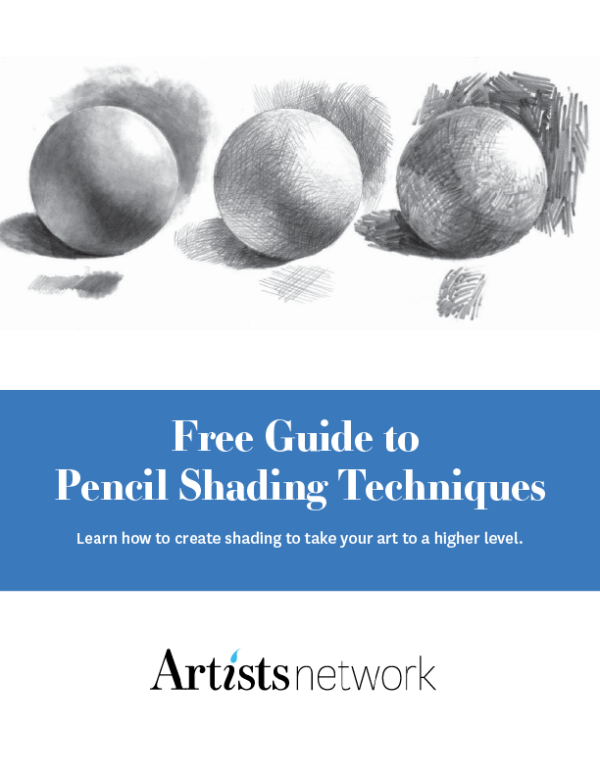

It all starts with an egg. Life? Yes. But art? Yes! Professional art instructors will tell you that to effectively create beautiful drawings, you should practice by shading a round object, like the humble egg.
It’s the perfect subject to apply concepts of light, shadow and gradation. Shading art is easy once you master shading an egg. That’s why you’ll LOVE this free tutorial on pencil shading techniques!
Learning how to create shading will take your art to a higher level. Shading art makes all the difference between an amateur drawing and a piece of art, simply because shadows add depth to your subject. Pencil shading techniques such as cross-hatching, blending and the broad-stroke method create gradation to make drawings believable and more realistic than those that aren’t shaded.
Download Your Free Guide to Pencil Shading Techniques Today!
Take Your Shading Techniques to the Next Level with This Free Beginner Guide
With this Free Guide to Pencil Shading Techniques for Beginning Artists, you’ll get expert advice on how to make better art. First, a combination of articles will drive home the facts so that you get a complete understanding of shading shapes.
John deMartin explains how to shade a sphere in a Drawing Fundamental column from Drawing magazine. Then, Sadie Valeri teaches the same concepts in a different style in the Drawing Board column of The Artist’s Magazine. Craig Nelson then gives a step-by-step drawing demonstration on using values to create light and shadow in this excerpt from The Drawing Bible.
And last, but not least, Carl Purcell gives a lesson on variations in value and defined edges. The Free Guide to Pencil Shading Techniques for Beginning Artists is a tight package that has all the drawing advice you’ll need to add depth to your drawings!
Modeling Gradations
Shading the Sphere by Jon deMartin (from Drawing Magazine)

“Depicting light and shadow are essential to creating the illusion of three-dimensional space when drawing subjects such as spheres, ovoids, and the human figure,” says deMartin.
“This article discusses how to draw value on the two basic geometric solids that curve in two directions: the sphere and the ovoid. Spheres and ovoids underlie many natural forms, including subjects crucial to a draftsman, such as the human head. The surfaces of most objects found in nature are complex, irregular and so unpredictable that they can easily overwhelm us. However, when artists understand the inherent characteristics of these geometric solids, they are in a better position to perceive and draw natural forms effectively.”
Shading Tips

Modeling Complex Form by Sadie Valeri (from The Artist’s Magazine)
“Understanding how light falls on an object is fundamental to creating believable illusion. drawing an imaginary sphere is a great exercise for learning how light and shadow behave on a simple object before you attempt more complex subjects. This lesson is also an opportunity to master pencil control and a light touch. Even if you draw and paint with a different style, developing refined pencil control and mastering a thorough understanding of light will help develop sensitivity in both your hand and eye, applicable to all subjects, styles and media.”
Master Pencil Shading
Pencil Shading Tips from Craig Nelson (from The Drawing Bible)
“Our eyes depend on light and shadow to define form, so it’s important to understand the basic properties of light and shadow to create form in drawing. Most objects you portray with tone and value will exhibit the following: form light, form shadow, hard edge, soft edge, cast shadow, reflected light and core shadow.” Learn about shading techniques that create these aspects and more in “Understanding Light and Shadow.”
Learn More about Shading and Gradation
Pencil Shading Techniques from Carl Purcell (from Drawing With Your Artist’s Brain)
“The method you choose to create values using a graphite pencil is your choice. Some prefer crosshatching, some prefer to blend, and some (myself included) prefer to create the value with strokes that also define the shape. This latter technique is called broad-stroke. Getting the value relationships right is far more important than the method you choose. “
